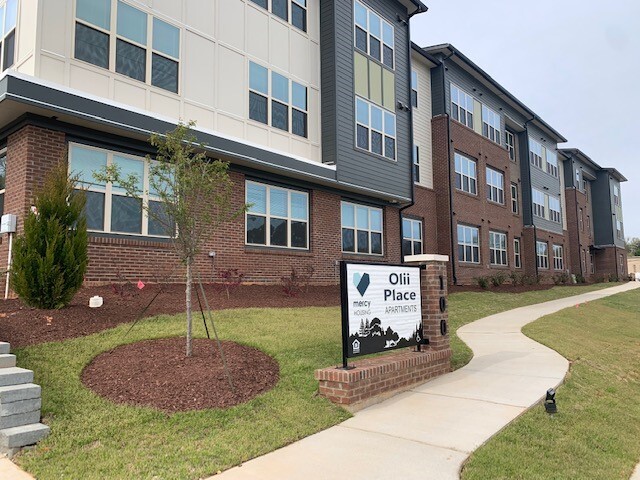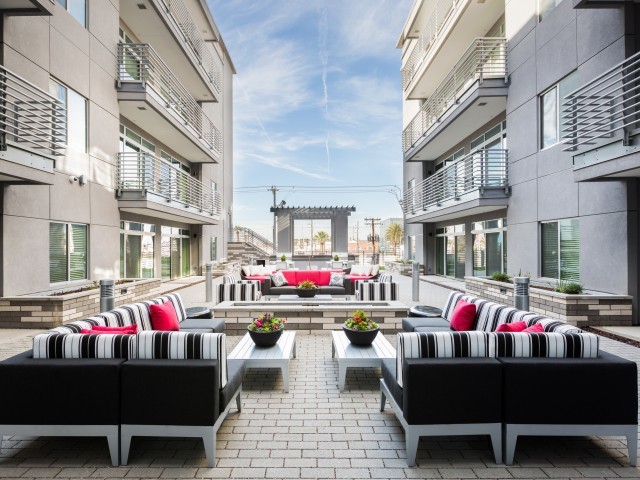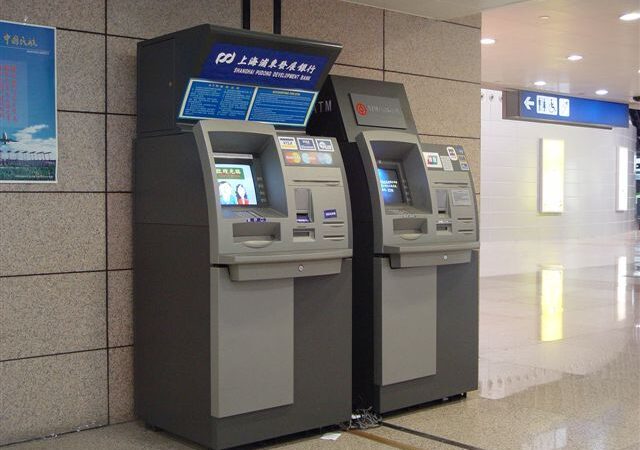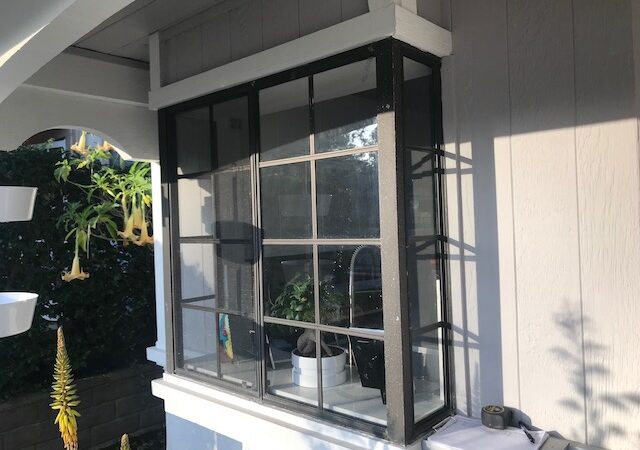
Micro Apartments in Singapore
Singapore, a city-state known for its skyscrapers and bustling urban landscape, is witnessing a transformative shift in its housing market. In recent years, the rise of micro apartments has become a defining trend, reshaping the way Singaporeans perceive and experience urban living. This development reflects broader global shifts in housing and urban planning, driven by factors such as rising property prices, space constraints, and changing lifestyle preferences. In this blog post, we delve into the phenomenon of micro apartments in Singapore, exploring their origins, implications, and what the future holds for this compact living trend.
What Are Micro Apartments?
Micro apartments, also known as micro-units, are compact living spaces typically ranging from 20 to 40 square meters. Despite their size, these units are designed to maximize functionality and efficiency, often incorporating smart design elements and multifunctional furniture. The concept of micro apartments is rooted in the idea of creating affordable, efficient living spaces in densely populated urban areas.
The Origins of the Micro Apartment Trend
The micro apartment trend gained momentum in Singapore as a response to the city-state’s escalating property prices and limited land availability. As one of the world’s most expensive real estate markets, Singapore has seen a growing need for affordable housing solutions that cater to the needs of a diverse population, including young professionals, singles, and small families.
The concept is not new globally; cities like Tokyo, New York, and Hong Kong have long embraced compact living solutions. However, Singapore’s version of micro apartments is tailored to its unique context, addressing local housing demands while maintaining high standards of design and livability.
Factors Driving the Rise of Micro Apartments
- Skyrocketing Property Prices: Singapore’s real estate market has experienced continuous growth, making home ownership increasingly challenging for many residents. Micro apartments offer a more affordable alternative, allowing individuals to own property in prime locations without the financial burden of larger units.
- Land Scarcity: As a small island nation with limited land, Singapore faces significant constraints in expanding its housing inventory. Micro apartments utilize space more efficiently, making it possible to accommodate more residents within the existing urban footprint.
- Changing Demographics: Singapore’s demographic landscape is evolving, with a growing number of singles and young professionals entering the housing market. Micro apartments cater to this demographic by offering compact, manageable living spaces that align with their lifestyle needs.
- Sustainability and Efficiency: Micro apartments often incorporate sustainable design principles, such as energy-efficient fixtures and space-saving technologies. This focus on sustainability resonates with a growing segment of the population that prioritizes eco-friendly living.
Design and Features of Micro Apartments
Despite their size, micro apartments are designed to provide a high quality of living. Key features often include:
- Space Optimization: Innovative design solutions, such as foldable furniture, modular storage, and convertible spaces, help maximize the utility of every square meter.
- Smart Technology: Many micro apartments are equipped with smart home technologies that enhance convenience and energy efficiency. These might include smart lighting, climate control, and automated security systems.
- Community Amenities: Developers often include communal facilities such as rooftop gardens, co-working spaces, and fitness centers to compensate for the limited space within individual units.
The Impact on Urban Living
The rise of micro apartments is influencing various aspects of urban living in Singapore:
- Housing Affordability: Micro apartments offer a viable solution to the high cost of living, providing a pathway to property ownership for those who might otherwise be priced out of the market.
- Lifestyle Changes: Living in a micro apartment requires a shift in lifestyle, emphasizing minimalism and efficiency. This change aligns with broader trends towards sustainable and mindful living.
- Community and Social Interaction: With a focus on shared amenities and communal spaces, micro apartment developments foster a sense of community and encourage social interaction among residents.
- Urban Planning and Development: The proliferation of micro apartments has implications for urban planning, necessitating a reevaluation of infrastructure, transportation, and public services to accommodate denser living environments.
Challenges and Criticisms
While micro apartments offer numerous benefits, they are not without their challenges and criticisms:
- Space Constraints: Living in a compact space can be challenging for some individuals, particularly those who value spaciousness and privacy. The design must strike a balance between functionality and comfort.
- Quality of Life: There is ongoing debate about whether micro apartments can truly provide a high quality of life. Concerns include potential issues with air circulation, natural light, and noise levels.
- Regulatory Hurdles: The development of micro apartments requires navigating regulatory frameworks that ensure safety and livability standards are met. This can pose challenges for developers and policymakers.
- Market Saturation: As the popularity of micro apartments grows, there is a risk of market saturation, which could impact property values and investment returns.

The Future of Micro Apartments in Singapore
Looking ahead, the micro apartment trend is likely to continue evolving in response to Singapore’s changing housing landscape. Key considerations for the future include:
- Innovative Design Solutions: Continued advancements in design and technology will drive the development of even more efficient and comfortable micro living spaces.
- Integration with Urban Infrastructure: As micro apartments become more prevalent, integrating them with broader urban infrastructure and transportation networks will be crucial for ensuring sustainable growth.
- Regulatory Adaptations: Policymakers will need to adapt regulations to address the unique challenges posed by micro apartments while safeguarding residents’ welfare.
- Community Building: Emphasizing community-oriented features and fostering social interactions will be important for enhancing the overall living experience in micro apartment developments.
Conclusion
The rise of micro apartments in Singapore represents a significant shift in the city’s housing landscape. As property prices continue to soar and space becomes increasingly scarce, micro apartments offer a practical and innovative solution to the challenges of urban living. While they come with their own set of challenges, their potential to reshape the way Singaporeans live and interact with their environment is undeniable. As this trend continues to evolve, it will be fascinating to see how micro apartments contribute to the future of urban living in Singapore and beyond. If you found this article interesting about the Emerald Of Katong Photo, it is very likely you will enjoy further reading on their page.





